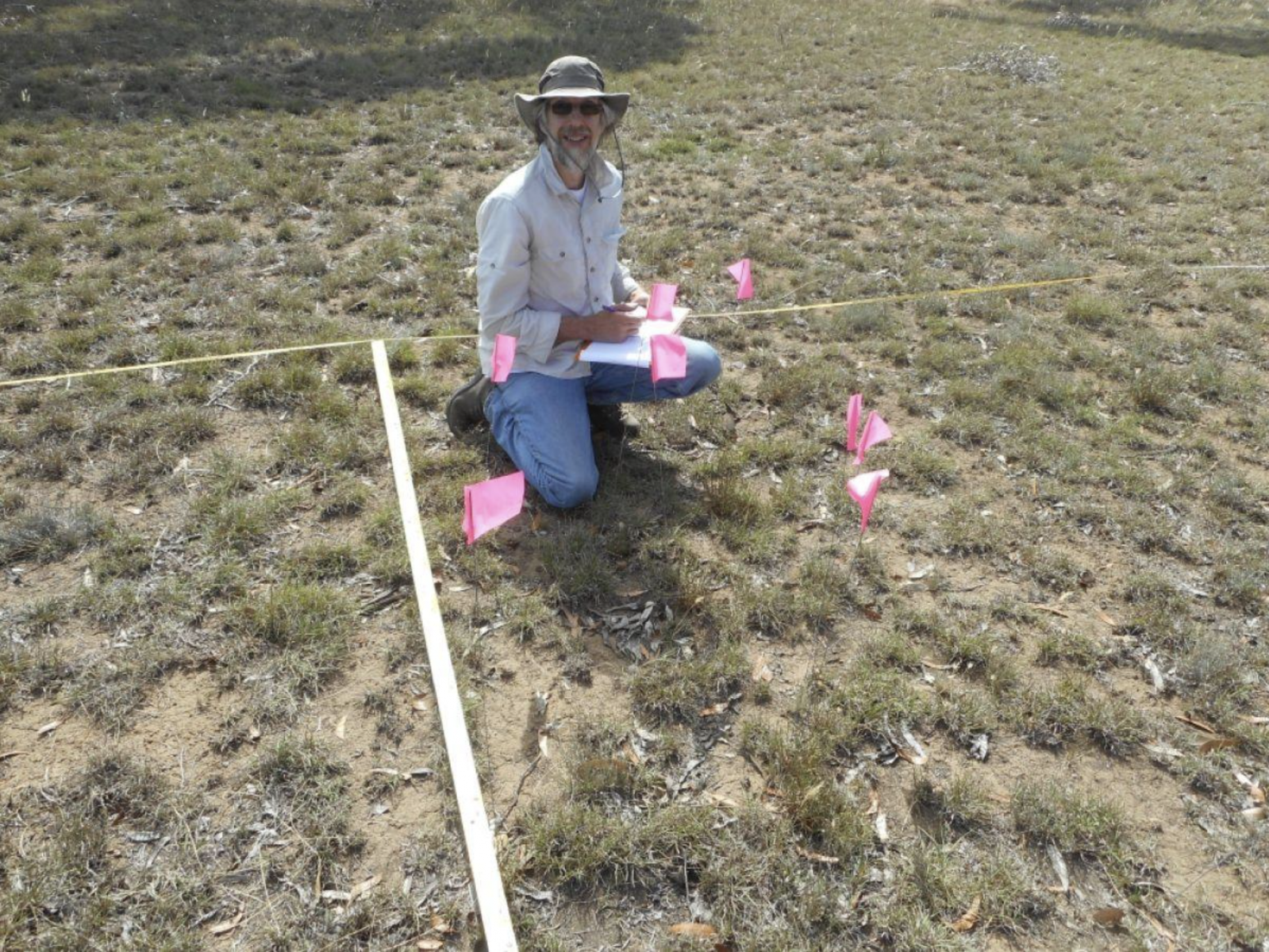On this page:
Working together
We work with our partners and other stakeholders to collect important data that informs our planning, land management and conservation work.
Our goal is to prevent the decline of some of Victoria’s most threatened ecosystems, plant and animals. Data helps us understand if our management approaches are making a positive difference.
One of our key partnerships is with the world-renowned scientists at the Arthur Rylah Institute (ARI).
They have helped us with:
- developing our monitoring and reporting framework
- designing conservation areas
- creating management targets for specific species and ecosystems to track and understand any changes within reserves
- publicising a new approach to quantifying vegetation quality.
Our large reserves and conservation areas are closely monitored and managed. Techniques are adjusted depending on what’s working well for each species and ecosystem. This helps us adapt approaches to any land management and conservation issues or opportunities. This approach is known as ‘adaptive management’.
How we monitor
Our Monitoring and reporting framework sets out the approach to tracking and collecting data and ensures reporting is transparent and shows our progress.
We conduct a range of plant and animal surveys, map native vegetation and ecosystems, and look at how land has been previously used.
Data collection
The types of data we collect to monitor the program include:
- presence or absence of a species in a defined area
- finding out how many individuals of a species are in a defined area
- quality or condition of an ecosystem — this is measured in a number of ways, such as the abundance of weeds or excessive soil nutrients
- the structure of an ecosystem.
Some of the ways we collect data on plants, animals and ecosystems include:
- placing tiles on the ground and regularly checking to see if any species are found underneath
- checking under rocks
- remote cameras
- spotlighting and listening for frog calls
- bat detectors
- transect searches – methodically searching for a species along gridlines
- landowner interviews to determine the history of the land.
Find out more
For more information, please email msa.bioconservation@deeca.vic.gov.au.

Page last updated: 31/10/24
